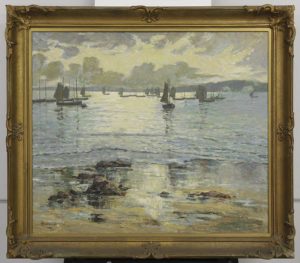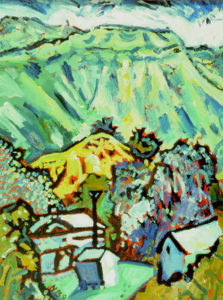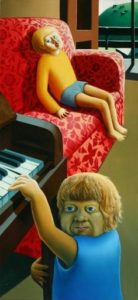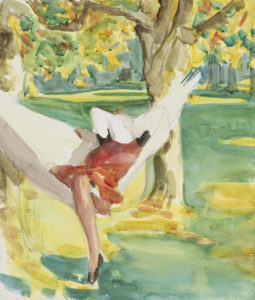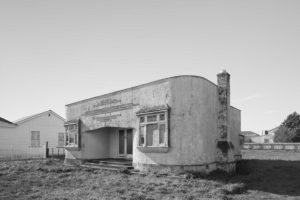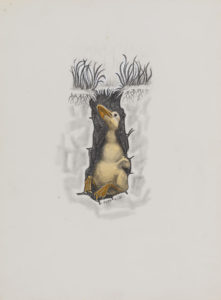Each month a member of our community is invited to browse our online collection and select six of their favourite artworks. Each ‘My Choice’ selection, together with personal responses to the works, will be available to view on the Sarjeant Gallery website for one month at a time. The March 2020 My Choice has been selected by Jim Norris, a retired farmer and manager, and is available to view until 31st March 2020.
Jim was brought up in Bulls and farmed at Mangamahu during which time he encountered the artists Nigel Brown and Philip Clairmont, who both painted in the Mangamahu area. Clairmont in particular is a favourite NZ artist of Jim’s. In 1990, after 23 years at Mangamahu, Jim moved to Whanganui to manage a Kiwifruit packhouse and coolstorage company, retiring in 2016. One of Jim’s recent passions has been the Whanganui ex-patriot artist Herbert Ivan Babbage and, after viewing an exhibition at the Sarjeant, Jim researched and published an illustrated booklet about the artist in 2017. Jim states “It would have been easy to select some outstanding well known works, such as The Wrestlers and Flight into Egypt, however I have chosen some of the lesser known ones among the 8,000+ in the collection. My selection was made on a personal basis because they either impress, intrigue, trigger memories or, in the case of the Grehan work, simply amuse. I trust they will encourage visitors to realize that hidden away on the storage racks are treasures of every description, just waiting to be encountered by new viewers.”




